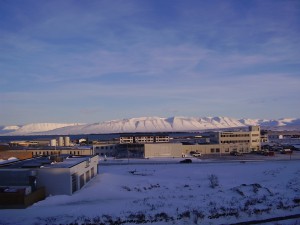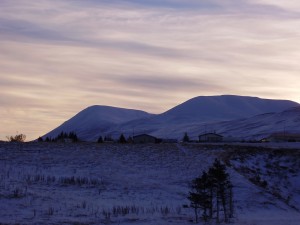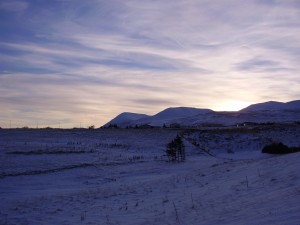The earthquake that happened this morning at Hamarinn volcano appears to have magma signature in it based on what I see in my own wave data. The size of this earthquake was ML3.5 according to automatic SIL data. The automatic depth of this earthquake is 1.1 km. This data is a subject to a review by Icelandic Met Office.
So far this has been a single event and no aftershocks or other earthquakes have happened in Hamarinn volcano. That might however change. But sometimes large earthquake swarms take place in Hamarinn volcano. But this volcano is known for a lot of earthquake activity at times.
There are no indications of a eruption starting in Hamarinn volcano.
Other earthquake activity
The earthquake at Hamarinn volcano appears to have started a earthquake swarm in Herðurbreiðartögl. But the area must have been at breaking point anyway and the earthquake that happened in Hamarinn volcano might have just acted as a trigger.
There have been earthquake not far from Kolbeinsey island volcano. The strongest earthquake got ML3.3 by the automatic data by the SIL system. But due to the distance this is a underestimate in size of the earthquakes taken place at Kolbeinsey island volcano. I am not sure if the earthquake swarm that was taking place there has stopped or not, as small earthquakes are not detected by the IMO SIL Network.





